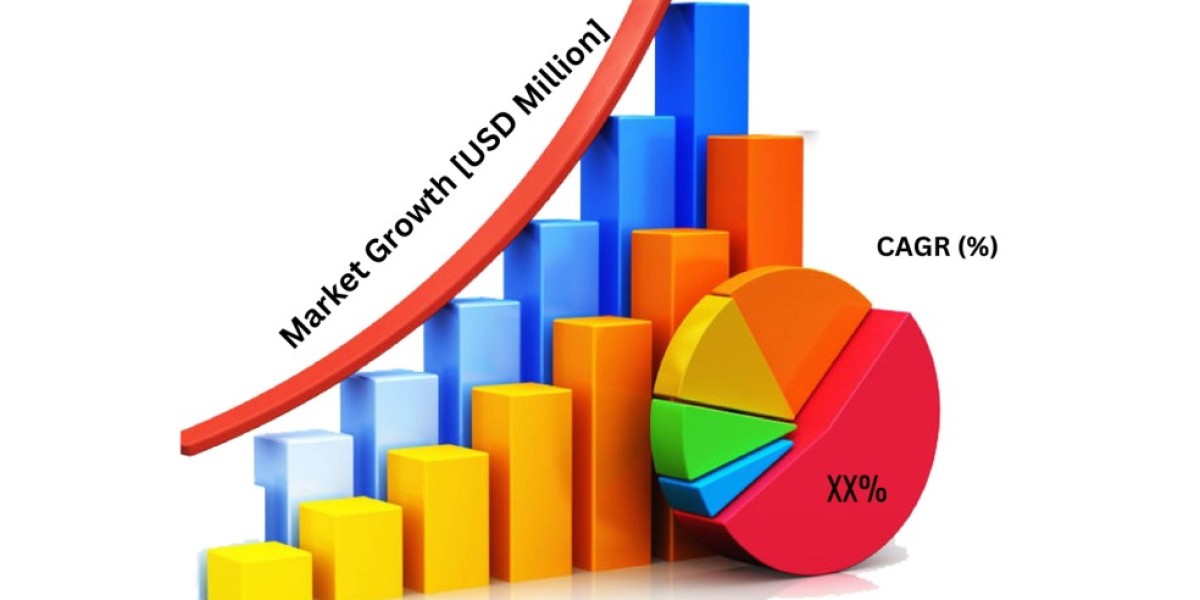The Castor Oil-Based Biopolymer Market is projected to reach $3,320.9 million by 2031 from $741.3 million in 2021, growing at a CAGR of 16.7% during the forecast period 2022-2031.
The demand for castor oil-based biopolymers is anticipated to grow with the increasing adoption of bio-polyamides from end-user industries such as automotive, household appliances, oil and gas, and others. Furthermore, it is anticipated that during the projected period (2022-2031), the increasing adoption of high-performance bio-polyamides in the automotive industry and growing usage of sustainable biopolymers in sports accessories, such as helmets and shoes, are expected to further fuel the advancement of the global castor oil-based biopolymer market. The advanced characteristics of castor oil-based biopolymers, such as easy processing, chemical resistance, toughness, dimensional stability, and abrasion resistance, support their adoption by a wide range of end users. However, the high cost of castor oil-based biopolymers, frequent fluctuating raw material prices, and dependency on India as only one major castor seed supplier is anticipated to hinder market growth in the upcoming future.
Market Lifecycle Stage
The global castor oil-based biopolymer market is in the growth phase. The rising awareness about biopolymers across the globe, along with stringent government regulations pertaining to supporting a carbon-neutral economy, is expected to drive the demand for sustainable biopolymer solutions. Additionally, growing research and development activities, along with rising investments, are expected to boost market innovations. The adoption of bio-polyamides in various apparel brands is gaining momentum owing to superior characteristics such as extremely breathable, ultra-light, and super stretch products. Moreover, the global castor oil-based biopolymer market is expected to benefit from the growing household appliances industry in developing economies owing to rising disposable income and increasing number of nuclear families, among others.
Industrial Impact
Castor oil-based biopolymers continue to improve the toughness, chemical resistance, aesthetics, and durability of the materials to which they are applied. As a result, castor oil-based biopolymer materials are gaining importance in a variety of end users, including heavy commercial automotives, household appliances, and textiles, among others. One area where the adoption of castor oil-based biopolymer has been rising at a considerable pace is the automotive industry, as castor oil-based biopolymer auto parts are lightweight, thereby enhancing fuel efficiency and minimizing carbon emission. This is expected to create opportunities for both existing market participants and market entrants.
Furthermore, castor oil-based biopolymers have a moderate to high impact on end-user industries; however, in the upcoming future, with increased adoption of high-end household appliances, sustainable textiles, rising automotive production, and other applications, the impact is anticipated to increase.
Impact of COVID-19
COVID-19 had a considerable impact on the global castor oil-based biopolymer market owing to country-wide lockdowns, labor shortages, temporary shutdown of manufacturing sites, and disruptions in supply chains globally. The lockdowns imposed by the governments significantly reduced automotive production, thereby further showing adverse impact on the market. China is one of the major consumers of castor oil-based biopolymer and the zero covid policy adopted by the country has shown sever adverse impact on raw material supply chain. The global demand for castor oil-based biopolymers have been adversely impacted by these downturns in the end-user industries. However, the market is expected to recover with the growing automotive industry gradually over the forecast period.
Market Segmentation
Segmentation 1: by End User
- Automotive
- Solar
- Household Appliances
- Textile
- Oil and Gas
- Others
Based on the end user, the automotive segment dominated the castor oil-based biopolymer market in 2021 and is expected to showcase considerable growth, owing to rising sales of passenger cars across the globe.
Segmentation 2: by Polymer Type
- Bio-Polyamides
o Bio-Polyamide 6
o Bio-Polyamide 10 and 11
- Bio-Polyurethane
- Others
Among different polymer types, bio-polyamides are anticipated to lead the market during the forecast period (2022-2031).
Segmentation 3: by Form
- Pellets
- Yarns
- Others
The global castor oil-based biopolymer market is estimated to be led by pellets in terms of form.
Segmentation 4: by Region
- North America - U.S., Canada, and Mexico
- Europe - Germany, France, Italy, Spain, and Rest-of-Europe
- U.K.
- China
- Asia-Pacific and Japan - Japan, South Korea, India, and Rest-of-Asia-Pacific
- Rest-of-the-World - Middle East and Africa and South America
In the global castor oil-based biopolymer market, China and Asia-Pacific and Japan are estimated to gain traction in castor oil-based biopolymer production, owing to the continuous growth in automotive production and the presence of key manufacturers in the regions.
Recent Developments in the Global Castor Oil-Based Biopolymer Market
- In October 2022, Toray Industries, Inc. developed “Ultrasuede nu,” a polyester-based headrest cover. The cover is made up of three structures, including ultra-fine fibers, elastomer, and scrim. The elastomer is composed of castor oil-based polyurethane material. With the launch of Ultrasuede nu material, the company is focusing on the development of eco-conscious products and thereby enhancing its capabilities in a sustainable ecosystem.
- In January 2022, Toray Industries, Inc. announced the commercialization of nylon grade (N510) fiber, developed with the usage of 100% plant-based fiber. The product is predominantly used for athletic and outdoor fabrics, which also include compact snip textiles and embroidered components for garments.
- In October 2021, Arkema announced the establishment of a new bio-based polyamide 11 powder plant in China. The plant will commence production in the first quarter of 2023. The rising adoption of biopolymers in 3D printing and the company’s strategic partnership with HP are expected to drive the demand for polyamide 11 powder over the forecast period.
Demand – Drivers and Limitations
Following are the demand drivers for the global castor oil-based biopolymer market:
- Growing Automotive Industry across the Globe
- Rising Demand for High-Performance Polyamide Yarns in Textile Industry
- Advanced Chemical and Mechanical Properties of Castor Oil-Based Biopolymers
The market is expected to face some limitations as well due to the following challenges:
- Dependency Only on India for Crop Cultivation of Castor Beans
- High Cost and Rising Price Volatility of Raw Materials
Get Free Sample Report - https://bisresearch.com/requestsample?id=1433type=download
How can this report add value to an organization?
Product/Innovation Strategy: The product segment helps the reader understand the different polymer types involved in the production of castor oil-based biopolymers, such as bio-polyamides, bio-polyurethane, and others. Moreover, the study provides the reader with a detailed understanding of the global castor oil-based biopolymer market based on the end user (automotive, solar, household appliances, oil and gas, textile, and others). Castor oil-based biopolymers are gaining traction in end-user industries on the back of sustainability concerns and their excellent properties, such as lightweight, toughness, and chemical and abrasion resistance.
Growth/Marketing Strategy: The global castor oil-based biopolymer market has seen major development by key players operating in the market, such as the establishment of new production facilities, product development, mergers and acquisitions, and strategic joint ventures to strengthen their position in the global castor oil-based biopolymer market. For instance, in March 2022, Nexis Fibers showcased its semi-biobased polyamide filaments products made with 63% of castor oil. The product is showcased in Techtextil, an international trade fair for technical textiles and nonwovens.
Competitive Strategy: Key players in the global castor oil-based biopolymer market analyzed and profiled in the study involve castor oil-based biopolymer manufacturers and the overall ecosystem. Moreover, a detailed competitive benchmarking of the players operating in the global castor oil-based biopolymer market has been done to help the reader understand how players stack against each other, presenting a clear market landscape. Additionally, comprehensive competitive strategies such as agreements, partnerships, acquisitions, and collaborations will aid the reader in understanding the untapped revenue pockets in the market.
Additionally, BIS Research also offers a dedicated and unique platform to find and access deeptech insights and updates on emerging technologies across industry verticals. Insight Monk, an AI powered deeptech search engine, is a subscription based platform that offers a library of latest market insights and updates based on emerging tech. Learn more about InsightMonk here. https://www.insightmonk.com









